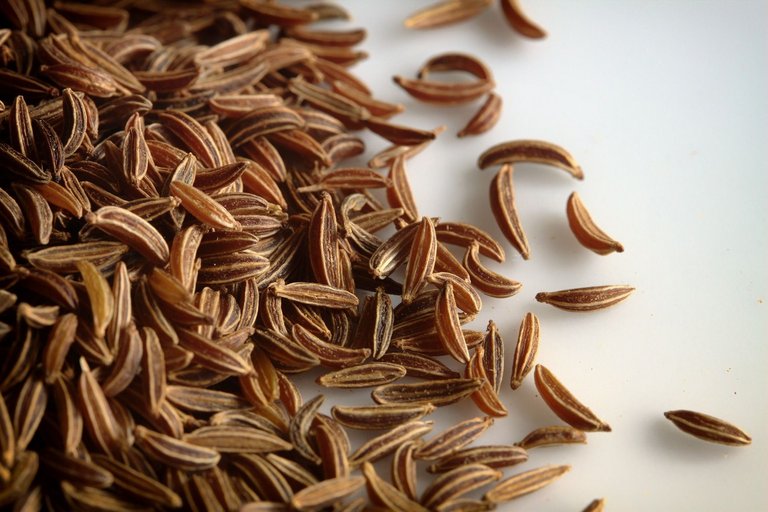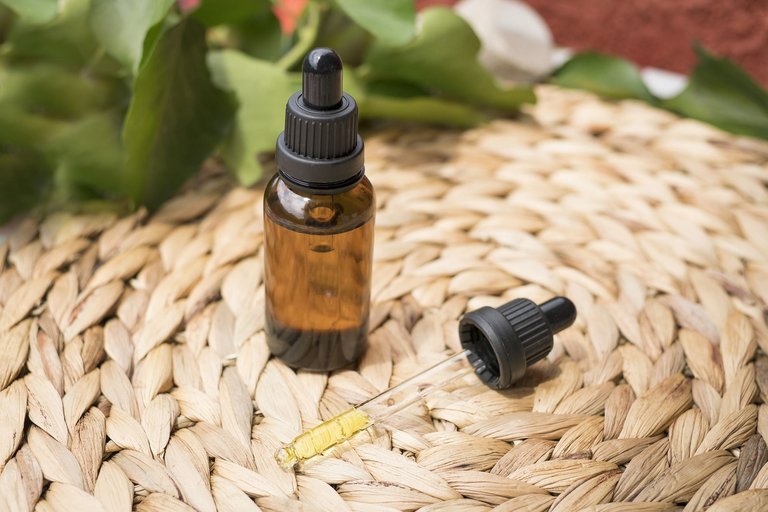Good morning everyone, today I would like to share with you my personal experience in using cumin as a phytotherapeutic remedy.

Foto di Amatus Sami Tahera da Pixabay
Description: annual herbaceous plant.
Minimum cultivation temperature: 10 °C.
Balsamic period: August.
Toxicity: low, may cause gastrointestinal disorders.
Do not take Cuminum cyminum supplements during pregnancy and breastfeeding, always consult a doctor before taking phytotherapeutic preparations based on this plant.
Beneficial properties: carminative, digestive, galactagogue and galactophore.
Confirmed activities: simple germicidal essence and food (seeds).
Active ingredients: essential oil, fatty oil, tannins and mucilage.
PREPARATIONS
Infusion: prepared with 3 g of seeds per 100 ml of water for carminative and digestive functions.
Officinal tincture: prepared with 10 g of seeds, macerated for 21 days in 100 ml of 62° hydroalcoholic solution. The filtrate can be preserved for 3 years, 30 drops per day for beneficial functions.
NOTE
The Arabs use it to produce kummel, a spirit obtained by macerating cumin seeds, anise and coriander sweetened at 12% with an alcohol content of 26°.
The Romans used cumin as a substitute for pepper. Pliny described its versatility and extreme diffusion: “When one is tired of all the other condiments, cumin is always welcome”.
Buongiorno a tutti, oggi vorrei condividere con voi la mia esperienza personale nell'utilizzo del cumino come rimedio fitoterapico.

Foto di Erin Stone da Pixabay
Descrizione: erbacea annuale.
Temperatura minima di coltivazione: 10 °C.
Periodo balsamico: agosto.
Tossicità: bassa, può causare disturbi gastrointestinali.
Non assumere integratori di Cuminum cyminum in gravidanza e allattamento, consultare sempre un medico prima di assumere preparati fitoterapici a base di questa pianta.
Proprietà benefiche: carminativo, digestivo, galattogogo e galattoforo.
Attività confermate: essenza germicida semplice e alimento (semi).
Principi attivi: olio essenziale, olio grasso, tannini e mucillagini.
PREPARAZIONI
Infuso: preparato con 3 g di semi per 100 ml di acqua per le funzioni carminative e digestive.
Tintura officinale: preparata con 10 g di semi, fatti macerare per 21 giorni in 100 ml di soluzione idroalcolica 62°. La conservazione del filtrato è pari a 3 anni, 30 gocce al giorno per le funzioni benefiche.
NOTE
Gli arabi lo usano per produrre il kummel, un‘acquavite ottenuta dalla macerazione di semi di cumino, anice e coriandolo zuccherata al 12% con gradazione alcolica pari a 26°.
I Romani usavano il cumino come sostituto del pepe. Plinio ne descriveva la versatilità e l’estrema diffusione: “Quando si è stanchi di tutti gli altri condimenti, il cumino rimane sempre gradito”.
Sources - Fonti :
https://erbeofficinali.org/dati/q_scheda_res.php?nv_erba=CUMINO%20DI%20MALTA
https://www.erbecedario.it/it/cumino
!discovery 30
!CURATE BY
@biologistbrito
Thank you for your contribution to the community🌍🐏
Remember to delegate to us or join the curation trail to participate in the weekly hbd prizes🥇🏅
Congratulations @ghilvar! You have completed the following achievement on the Hive blockchain And have been rewarded with New badge(s)
Your next target is to reach 20000 upvotes.
You can view your badges on your board and compare yourself to others in the Ranking
If you no longer want to receive notifications, reply to this comment with the word
STOPThis post was shared and voted inside the discord by the curators team of discovery-it
Join our Community and follow our Curation Trail
Discovery-it is also a Witness, vote for us here
Delegate to us for passive income. Check our 80% fee-back Program